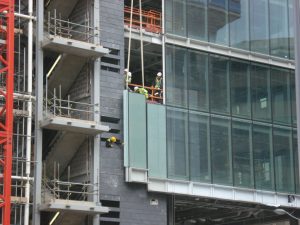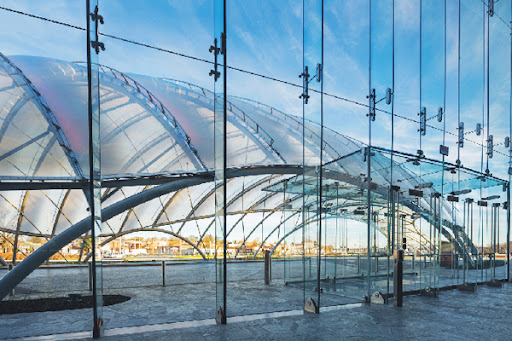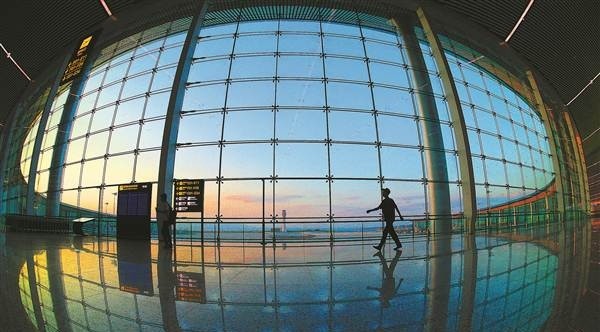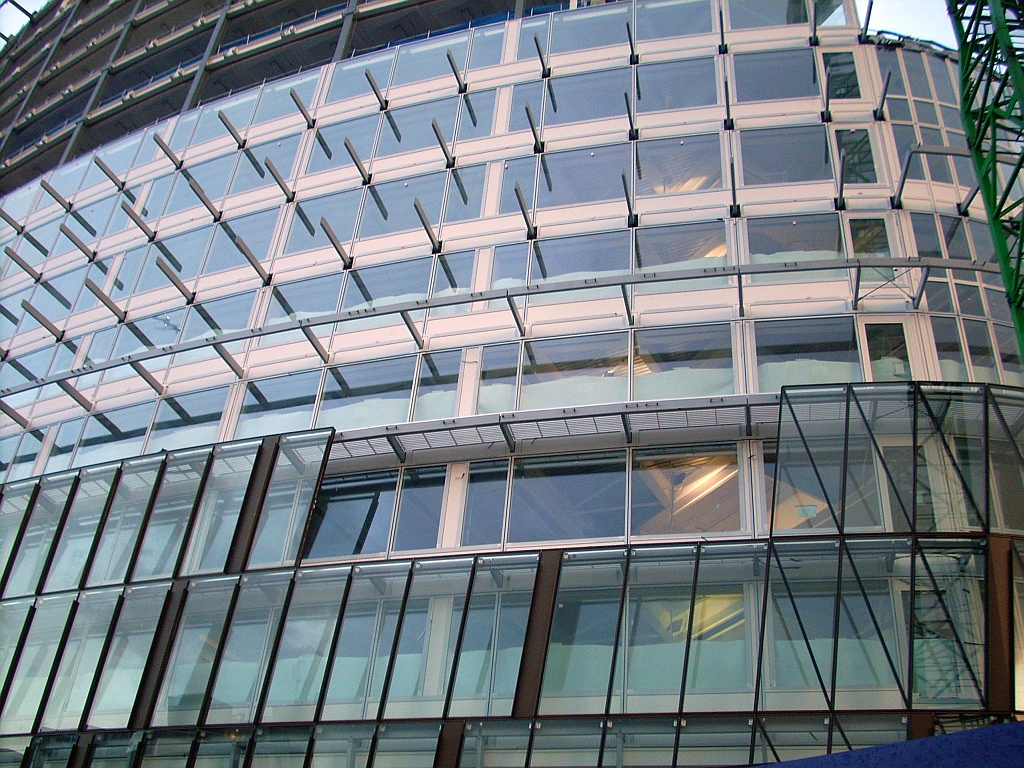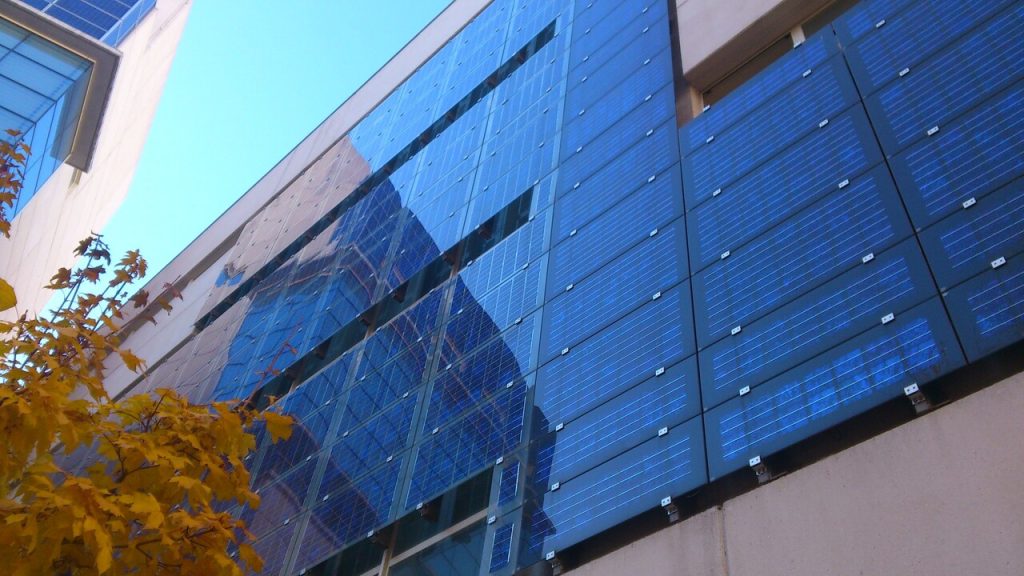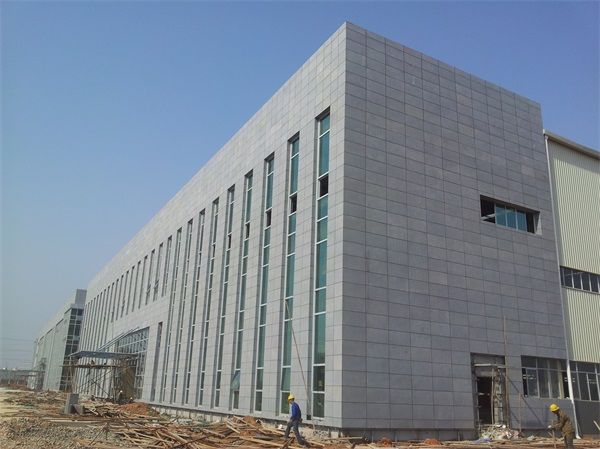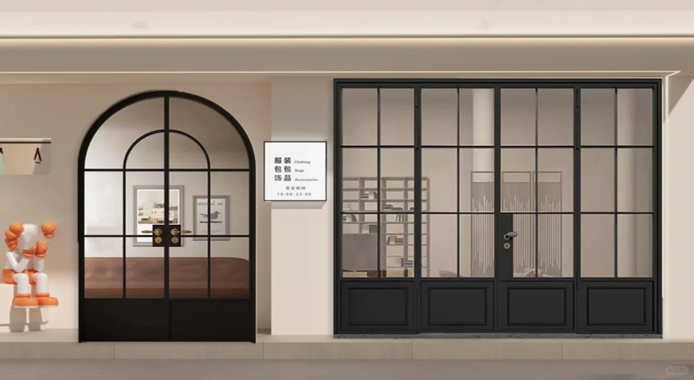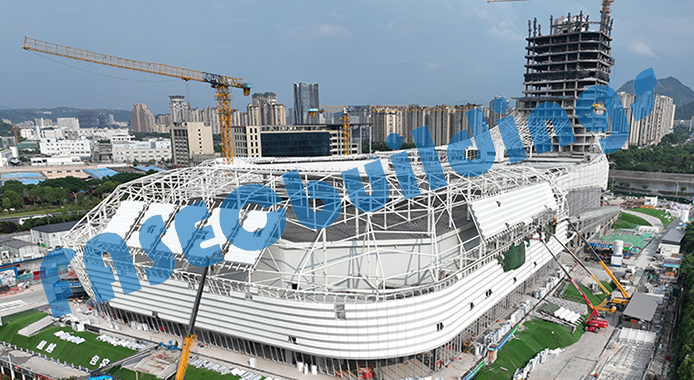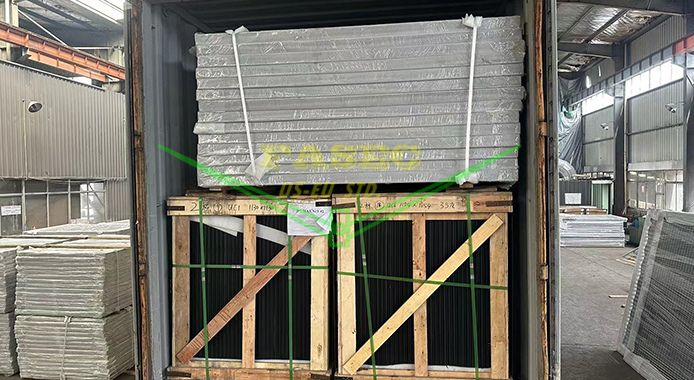Curtain wall systems are an essential part of modern architectural design, providing not only an aesthetically pleasing facade but also a range of functional benefits. As non-load-bearing exterior walls, curtain walls are typically composed of metal frames and glass panels, effectively isolating the external environment while allowing ample natural light into the building. This article will introduce several common types of curtain walls and explore their applications in contemporary architecture.
1. Unitized Curtain Wall
The unitized curtain wall is a highly prefabricated system where each unit is assembled in a factory and then transported to the construction site for installation. This type of unitized curtain wall is particularly suitable for high-rise buildings, as it significantly reduces construction time and improves installation precision.
Advantages:
-
Fast Construction: Factory prefabrication allows for quick on-site assembly, reducing project timelines.
-
Quality Control: Factory production ensures consistent quality across all units.
-
Ideal for High-Rise Buildings: Unitized systems are highly efficient for high-altitude installations.
Applications: High-rise office buildings, commercial complexes, etc.
2. Stick Curtain Wall
The stick curtain wall is the most traditional type, characterized by on-site installation of metal frames, followed by the attachment of glass or other panel materials. This system is suitable for small to medium-sized buildings or projects requiring flexible design.
Advantages:
-
High Flexibility: Allows for on-site adjustments based on design requirements.
-
Cost-Effective: Generally more affordable in terms of materials and installation compared to unitized systems.
-
Easy Maintenance: Individual panels can be replaced or repaired with ease.
Applications: Small to medium-sized office buildings, schools, hospitals, etc.
3. Point-Supported Glass Curtain Wall
The point-supported glass curtain wall, also known as spider curtain wall uses point-fixing methods, such as metal clamps or bolts, to secure glass panels to a supporting structure. Known for its transparency and modern appearance, this system is often used in iconic buildings.
Advantages:
-
High Transparency: Minimal framing provides unobstructed views.
-
Aesthetic Appeal: The sleek design enhances the building’s modern look.
-
Suitable for Large Spans: Capable of withstanding significant wind pressure and loads.
Applications: Museums, exhibition halls, airport terminals, etc.
4. Double-Skin Facade
The double-skin facade consists of two layers of glass with an air gap in between. This design effectively regulates thermal insulation, soundproofing, and ventilation, making it a high-performance curtain wall system.
Advantages:
-
Energy Efficiency: The air gap provides insulation, reducing energy consumption.
-
Soundproofing: The dual-layer structure significantly reduces external noise.
-
Natural Ventilation: Operable windows allow for controlled airflow.
Applications: High-end office buildings, green buildings, energy-efficient structures, etc.
5. Photovoltaic Curtain Wall
The photovoltaic curtain wall integrates solar panels into the curtain wall system. This innovative design not only serves as a traditional facade but also generates clean energy for the building.
Advantages:
-
Energy Self-Sufficiency: Solar power reduces reliance on external grids.
-
Eco-Friendly: Lowers carbon emissions, aligning with sustainable development goals.
-
Combines Aesthetics and Functionality: Modern design merges visual appeal with practical benefits.
Applications: Green buildings, low-carbon structures, public facilities, etc.
6. Stone Curtain Wall
Stone curtain walls use natural or artificial stone as panel materials. They provide a robust and elegant visual effect and are often used in high-end architectural projects.
Advantages:
-
Durability: Stone is highly resistant to weathering and corrosion.
-
Aesthetic Grandeur: The texture and color of the stone elevate the building’s appearance.
-
Fire Resistance: Stone is a non-combustible material, offering excellent fire protection.
Applications: Luxury hotels, government buildings, cultural centers, etc.
Future Trends in Curtain Wall Systems
With continuous advancements in construction technology, curtain wall systems are evolving to become smarter, more energy-efficient, and more sustainable. For example, smart curtain walls can use sensors to regulate indoor lighting and temperature, while new materials are reducing the carbon footprint of these systems.
Additionally, curtain wall designs are becoming more diverse to meet the needs of different architectural styles and functions. Whether for skyscrapers or cultural landmarks, curtain walls will continue to play a vital role in enhancing modern architecture.
Conclusion
Curtain wall systems not only enhance the aesthetic appeal of buildings but also provide insulation, soundproofing, and energy efficiency. From unitized systems to photovoltaic walls, each type offers unique advantages and applications. As technology progresses, curtain walls will become even more integral to future architecture, creating comfortable and eco-friendly living spaces for people worldwide.

 English
English

